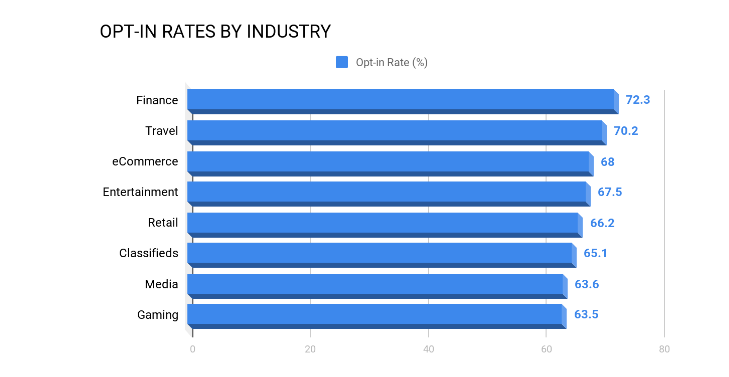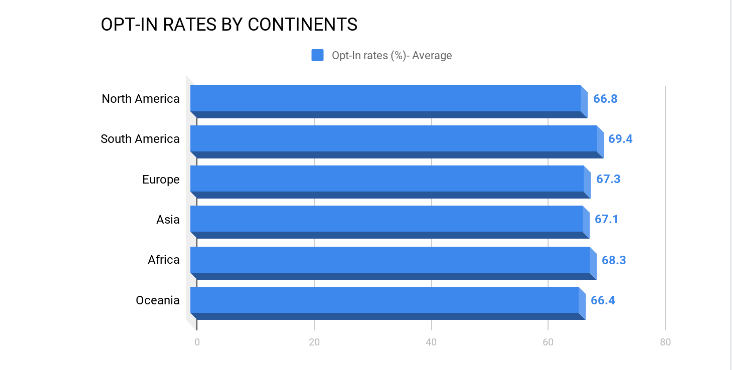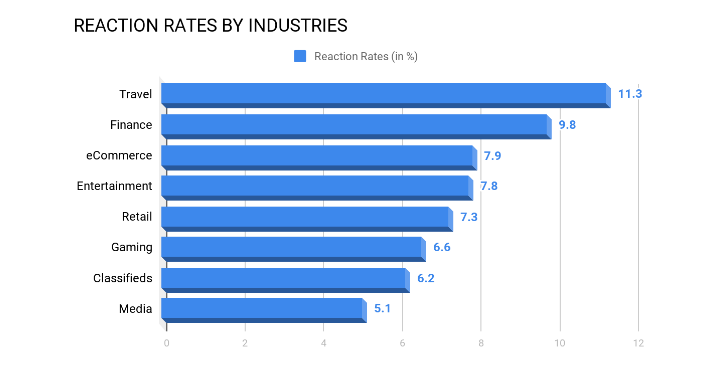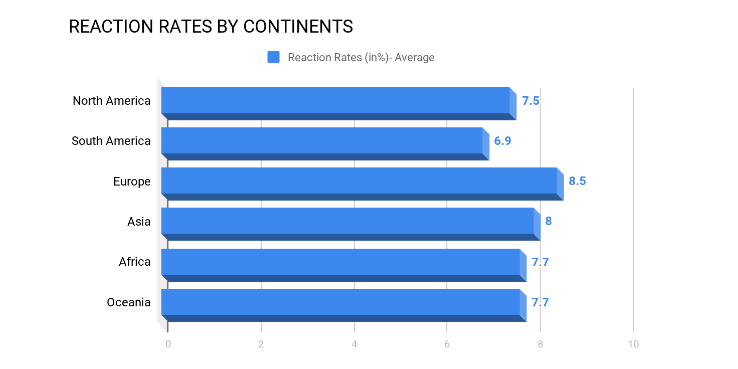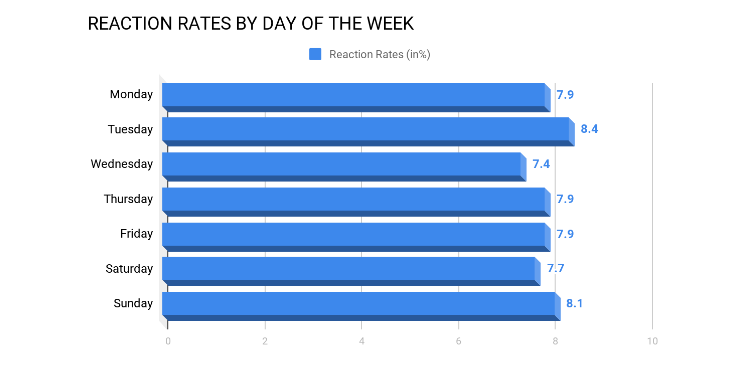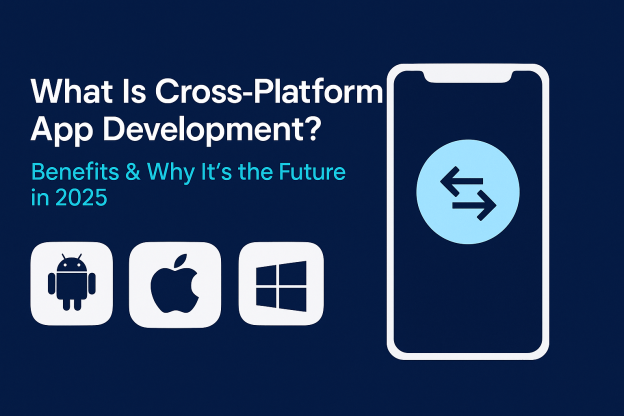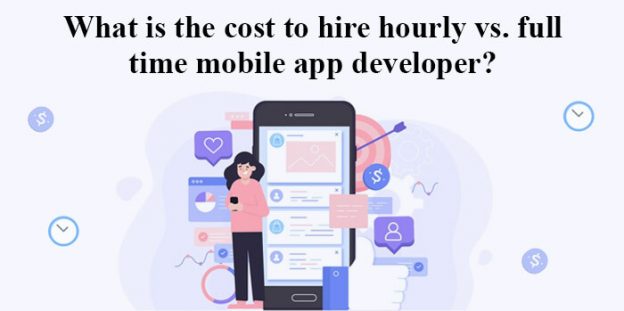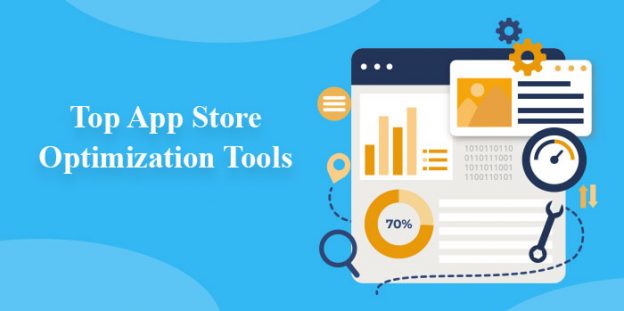What is a Push Notification? Why Are They Important?
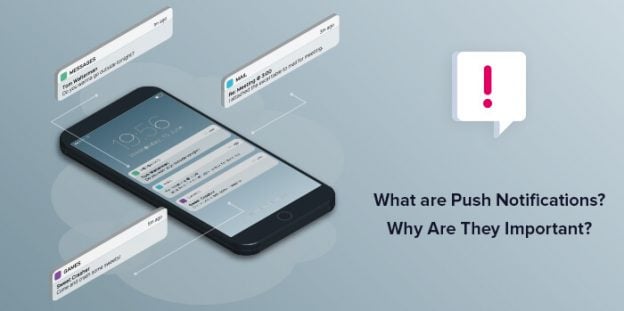
If you have a Mobile phone, you definitely need to know what a push notification is. With more and more apps being launched every day on the app store, one of the elements that are widely popular and used to engage with the user is “push notification”. A great marketing strategy, push notification helps you to stay connected with your users. But it is pretty much important to use it carefully as going overboard with it might force your users to mute the push notifications, which you should often and can certainly avoid.
Many of you would be aware of what are push notifications and must be using them as a part of your marketing strategy. But for those who are still unaware of what are these and why they matter, let us help you a bit through this article. Let’s dive in:
What is a Push notification?
Rather than juggling with the questions like “what is a push alert”, “how a push notification is different from an in-app message”, read this section to find out as to what exactly a push notification is.
A push notification is a message that generally pops up on users’ screens from the apps that are installed on their device. No other application is required for the push notification to work and the best part is – an app publisher can send them any time, these don’t require the user to be present in the app or use the phone during that particular moment.
These notifications are used to:
A. Gather feedback from customers
B. Notify the users regarding the transactions
C. Re-engage those users that were inactive
D. Alert regarding the price-drops
E. Remind the customers regarding their abandoned carts
F. Notify customers about any new product
How are push notifications different from in-app messages?
Push notifications can appear anytime, they don’t even require the user to use the app during that particular time. Whereas, in-app messages appear only when the user is using the application. When you are active within the app itself, the messages that appear are in-app messages or native app content. In-app messages generally give the feel of a natural part of the app and not as some additional marketing.
Push notification appears on the status bar or lock screen of the user’s phone but an in-app message appears while a user is actively using the application. The major benefit of push notifications is that they can be used in case the users install your app and forget about it. Push notifications can be used by the marketers effectively without even disturbing their current activity, however, too many of them can irritate the users, leading them to disable them altogether.
In-app messages generally don’t have a word count, thereby helping your company to create quite appealing and longer messages for the users. However, they can only be used while the users are using your app. If they forget to use your app after downloading it, in-app messages cannot remind them to use it again or often.
Key Push Notification Statistics
1. The opt-in rate for push notifications is 43.9% in the case of iOS, which is significantly lower than that of Android at 91.1% (Source: The Push Notification & In-App Message Benchmark For Mobile Apps by Accengage)
2. Opt-in rates (push notifications) by industries (Source: The Push Notification & In-App Message Benchmark For Mobile Apps by Accengage)
3. Opt-in rates (push notifications) by continents (Source: The Push Notification & In-App Message Benchmark For Mobile Apps by Accengage)
4. The average reaction rate to push notifications is 7.8% (4.9% for iOS and 10.7% for Android) (Source: The Push Notification & In-App Message Benchmark For Mobile Apps by Accengage)
5. Reaction Rates (push notifications) by industries (Source: The Push Notification & In-App Message Benchmark For Mobile Apps by Accengage)
6. Reaction Rates (push notifications) by continents (Source: The Push Notification & In-App Message Benchmark For Mobile Apps by Accengage)
7. Reaction Rates (push notifications) by day of the week (Source: The Push Notification & In-App Message Benchmark For Mobile Apps by Accengage)
8. By including emojis in push notifications, companies can increase the reaction rates by 20% (Source: The Push Notification & In-App Message Benchmark For Mobile Apps by Accengage)
9. By personalizing the notifications (e.g. name…etc,), companies can boost reaction rates by up to 4 times (Source: The Push Notification & In-App Message Benchmark For Mobile Apps by Accengage)
10. By enriching the push notifications with images, GIFs, and videos in the push notifications, companies can generate a 25% increase in click rates. (Source: The Push Notification & In-App Message Benchmark For Mobile Apps by Accengage)
What are the key benefits of push notifications?
If you are wondering “If push notifications really work”, we have got an answer! Read ahead for the detaIled benefits that push notifications bring for businesses:
1. Push notifications to assist in boosting app engagement – When push notifications are sent, they tend to engage the users with the application. So, by making sure that your push notifications are valuable and engaging, you can make users value your app and interact with it more often.
2. Enhances brand consistency – Most of the users appreciate valuable and current information like last-minute deals, special offers, or coupons which tend to work positively by enhancing brand consistency. Push notification brings back users to your app when they tend to forget your app. So, sending such offers and deals through push notifications helps brands reach their customers more often.
3. Creates a positive impact on conversion rates – Push notifications are a great means to create a sense of urgency amongst the customers and this strategy has successfully worked especially for eCommerce companies that send push notifications to customers who have added products to the cart but abandoned it before check out.
4. Opt-in/Opt-out feature – The best part about push notifications is that users can control these notifications from their devices. Users are free to opt-in or opt-out from these push notifications anytime they require, as per their convenience. If your users are no more willing to hear it from you, they may choose to opt-out from your notifications. Since the right and valuable notifications have a quite high opening rate, make sure your push notifications are engaging and do not irritate the users.
5. Saves time – Last but not least, push notifications to help marketers to save a lot of time. Creating a newsletter or even an email consumes a lot of time and creating compelling and engaging ads, offers, articles, or blog posts needs a lot of resources. Push notifications in such cases come in handy as they are pretty much less time-taking and concise.


